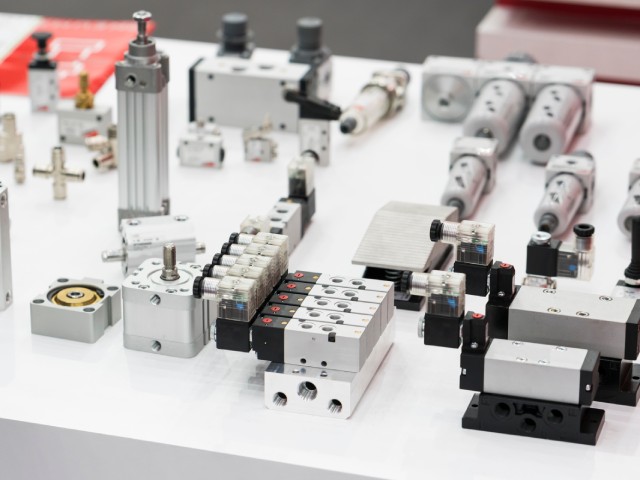
Selecting the right solenoids for your engineering or manufacturing projects is key to ensuring efficiency and reliability. Understanding these five common mistakes to avoid when choosing solenoids can save you time, resources, and potential system failures.
Mismatched voltage requirements can potentially lead to damage to the solenoid and the connected system. When a solenoid operates outside its voltage specification, it may not actuate correctly or it might experience excessive wear and tear.
Ensuring that the solenoid matches the voltage specifications of your application is vital. This step allows you to avoid operational failures and extends the lifespan of the components involved. Always verify voltage compatibility to maintain efficiency and prevent costly repairs.
The duty cycle defines how long a solenoid can operate before requiring a rest period. Selecting a solenoid with an inappropriate duty cycle for the application can result in overheating, leading to premature failure.
You must carefully evaluate the application’s demands and choose a solenoid that matches those requirements. By doing so, you’ll have a solenoid that delivers reliable performance without risking thermal damage. Regularly reviewing the duty cycle ensures that the solenoid remains within its operational limits, promoting longevity and efficiency.
Some people fail to consider environmental factors, but taking these conditions into account is a top tip for choosing the right type of solenoid for your application. Temperature, humidity, and exposure to corrosive substances can dramatically affect the system’s functionality.
Neglecting these conditions may lead to malfunction or degradation over time. Selecting solenoids designed to operate under the anticipated environmental stresses guarantees their longevity, safeguarding your investment.
Misjudging force and stroke requirements is another common mistake when choosing solenoids. False readings in these areas can result in systems that are incapable of performing necessary tasks. You must accurately determine the force needed to move the load and the distance the solenoid must travel.
Opting for a solenoid that performs below the necessary capacity can lead to mechanical and operational inefficiencies. Proper force and stroke evaluation ensures that your equipment executes tasks with precision and reliability.
Electrical connections frequently receive inadequate attention during solenoid selection, leading to installation difficulties or compatibility issues. Ensure your chosen solenoid’s electrical connections align with the system’s wiring and connectors. Smooth integration prevents operational disruptions and promotes seamless functionality.
Considering the type and configuration of the connections allows for efficient installation and reduces the potential for electrical faults. By addressing these aspects, you can enhance the reliability of your solenoid systems, achieving the best setup for your projects.
24World Media does not take any responsibility of the information you see on this page. The content this page contains is from independent third-party content provider. If you have any concerns regarding the content, please free to write us here: contact@24worldmedia.com